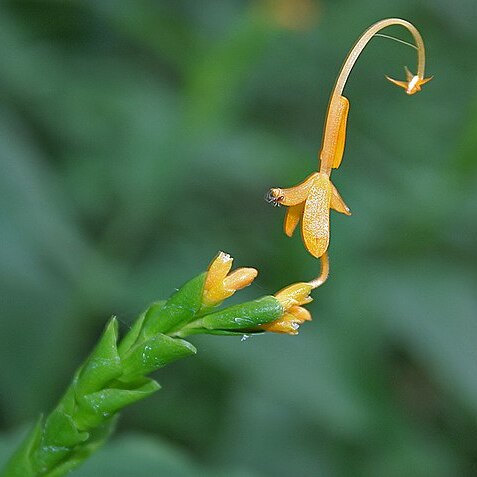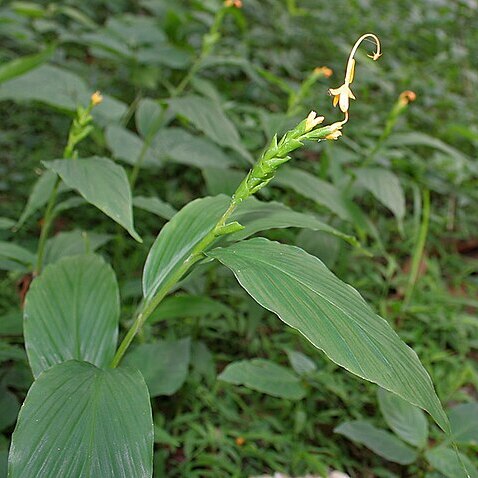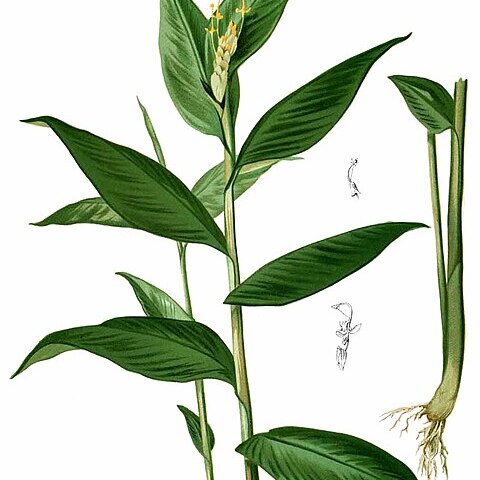Plant to 30 cm tall. Leaves sessile, oblong to lanceolate, to 15 cm long and 5 cm wide, usually much less, ±glabrous. Inflorescence to 7 cm long; bracts broadly ovate, 1-2 cm long, each subtending a flask-shaped warty bulbil c. 1 cm long. Flowers not seen in Australian material.




